Several alternative crushing technologies exist to address the limitations of impact crushers, each designed for specific materials, hardness levels, and operational needs. Below are the most common alternatives, along with their key features, strengths, and ideal applications:
1. Jaw Crushers
How They Work: Jaw crushers use *compression* to crush materials. A fixed "jaw" and a moving "jaw" (operated by an eccentric shaft) create a V-shaped chamber. The moving jaw pushes material against the fixed jaw, gradually reducing it until it’s small enough to exit through the bottom gap.
Key Advantages:
- Handles hard, abrasive materials: Ideal for granite, basalt, ore, and other high-hardness rocks—much better than impact crushers for ultra-tough materials.
- Low wear rates: Compression-based crushing reduces stress on components (e.g., jaw plates) compared to impact-based systems, extending part life.
- Tolerates high moisture: Wet or clayey materials are less likely to clog the chamber, making them reliable in rainy conditions or for processing damp aggregates.
- Energy efficiency: Operates at lower speeds (100–300 RPM) than impact crushers, consuming less power.
Limitations:
- Produces more uneven particle sizes (cubical shape is less consistent than impact crushers).
- Lower throughput for soft materials compared to impact crushers.
Best For: Primary crushing in quarries, mines, and construction sites handling hard, abrasive, or wet materials.
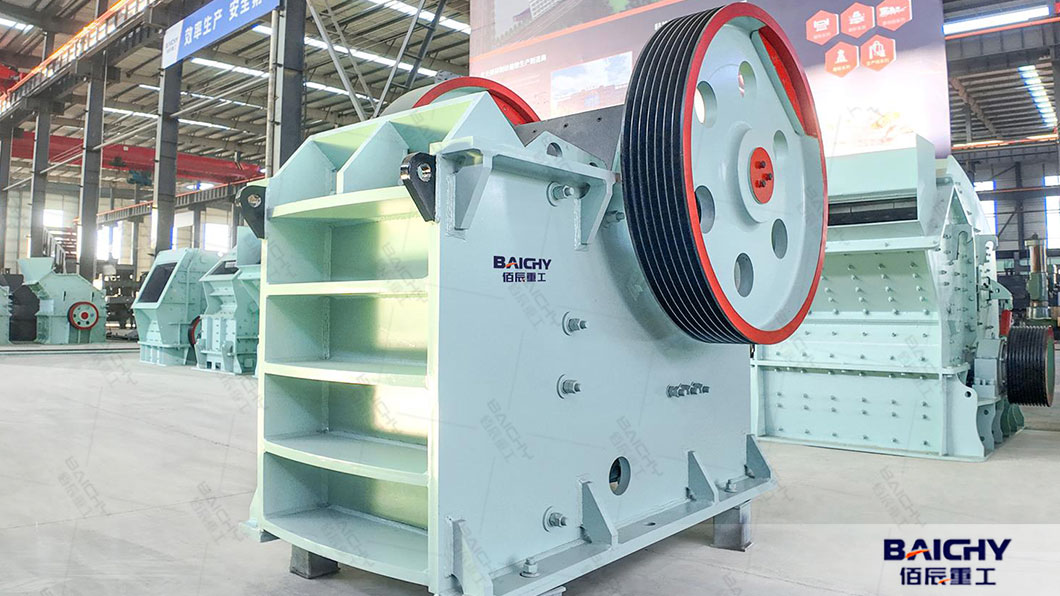
2. Cone Crushers
How They Work: Cone crushers also use *compression* but with a rotating "mantle" (cone-shaped) that gyrates inside a fixed "concave" (outer shell). Material is crushed between the mantle and concave as it moves downward through the chamber.
Key Advantages:
- Superior for hard, abrasive materials: Designed for secondary or tertiary crushing of ultra-hard rocks (e.g., granite, iron ore, quartz). Their slow, high-force compression minimizes wear.
- Consistent particle shape: Produces well-graded, cubical aggregates—critical for concrete or asphalt production.
- High throughput: Efficient for large-scale operations (up to 2,000+ tons per hour).
Limitations:
- More complex maintenance than jaw crushers (e.g., adjusting the mantle/concave gap requires precision).
- Not ideal for soft or sticky materials (can cause clogging).
Best For: Secondary/tertiary crushing in mines, quarries, and aggregate plants processing hard, high-silica materials.
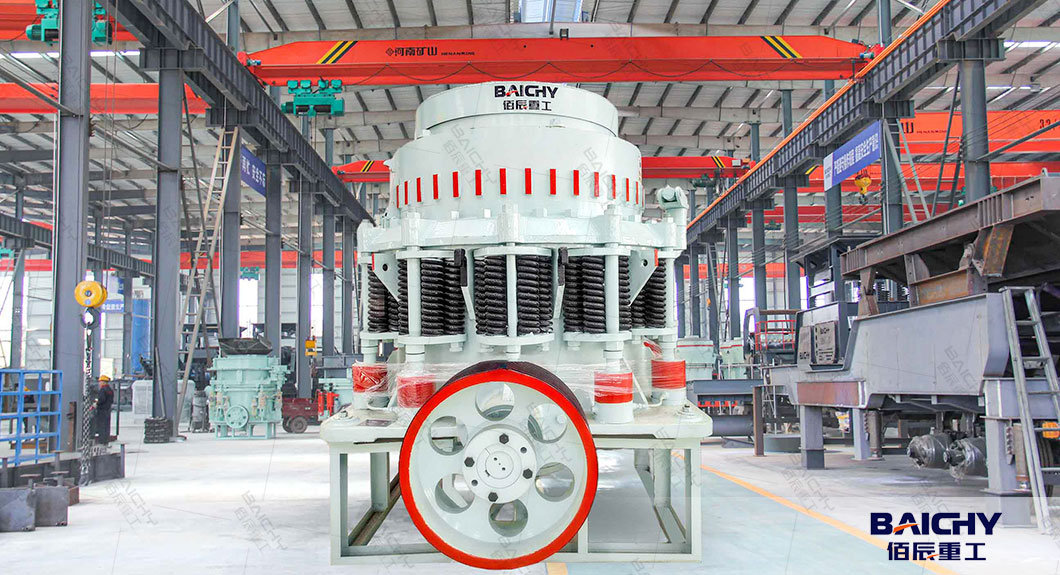
3. Hammer Crushers
How They Work: Hammer crushers use *impact* (similar to impact crushers) but with a rotating rotor fitted with heavy hammers (instead of blow bars). Hammers swing outward at high speed, striking material against a "grate" at the bottom, which controls particle size.
Key Advantages:
- Better for soft to medium-hard materials: Excel at crushing limestone, coal, biomass, or recycled concrete (softer than granite but harder than clay).
- Higher reduction ratio: Can crush material from large chunks to fine particles in one pass, reducing the need for multiple stages.
- Lower cost than impact crushers: Simpler design makes them more affordable for small to medium operations.
Limitations:
- High wear on hammers (similar to impact crusher blow bars), especially with abrasive materials.
- Less control over particle size compared to cone crushers.
Best For: Recycling facilities, coal processing, and small quarries handling soft to medium-hard, low-abrasion materials.
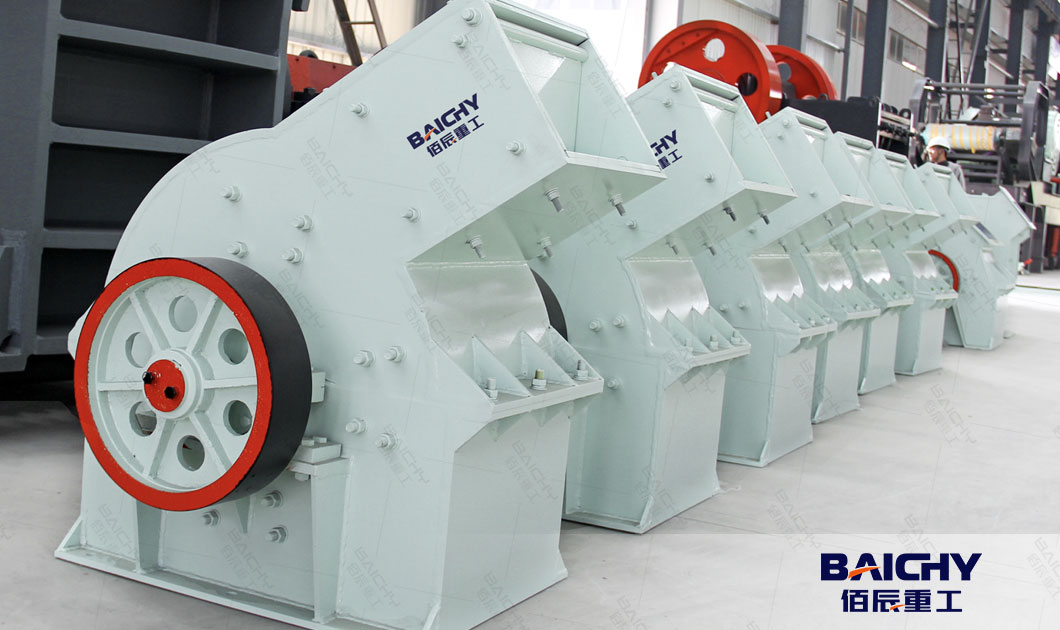
4. Dobule Roller Crushers
How They Work: Double roller crushers use two rotating, parallel cylinders (rolls) that squeeze material between them. The rolls can be smooth or toothed, depending on the material.
Key Advantages:
- Gentle crushing: Ideal for friable materials (e.g., coal, salt, limestone) that might shatter unevenly in impact crushers.
- Controlled particle size: The gap between rolls precisely determines output size, reducing oversize particles.
- Low noise and vibration: Operates at slow speeds (50–300 RPM), making them suitable for urban or noise-sensitive areas.
Limitations:
- Low throughput compared to jaw or impact crushers.
- Prone to jamming if hard, uncrushable objects (e.g., metal) enter the chamber.
Best For: Small-scale operations, coal mines, and processing friable or low-abrasion materials.
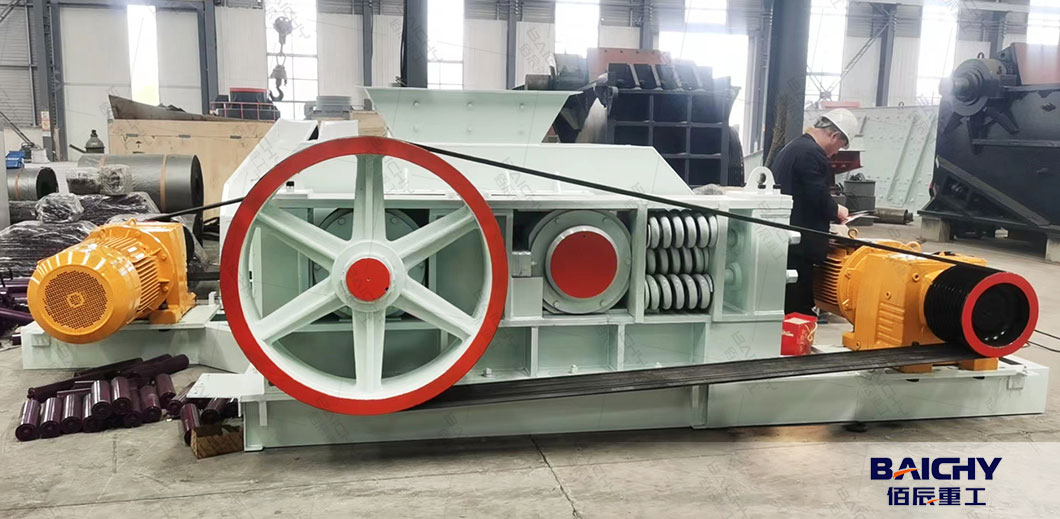
5. Vertical Shaft Impact (VSI) Crushers
How They Work: VSI crushers use *velocity* to crush material. A high-speed rotor accelerates material against a stationary "anvil" or a bed of crushed material (autogenous crushing), creating impact and abrasion.
Key Advantages:
- Superior particle shape: Produces highly cubical aggregates—perfect for high-quality concrete or asphalt.
- Efficient for sand making: Converts rocks into fine, well-graded sand (e.g., from granite or limestone).
- Handles medium-hard materials: Works well with limestone, river gravel, and recycled aggregates.
Limitations:
- High wear on rotors and anvils (similar to impact crushers) when processing abrasive materials.
- Not suitable for ultra-hard rocks (e.g., basalt).
Best For: Sand production, tertiary crushing for high-quality aggregates, and recycling applications.
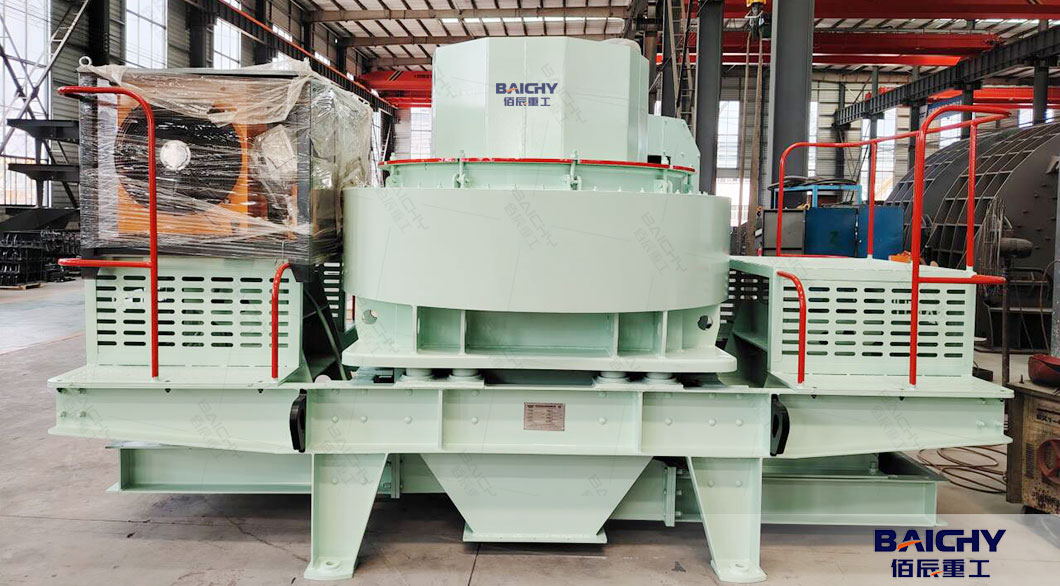
Choosing the Right Alternative
The best alternative to an impact crusher depends on your material and goals:
- For hard, abrasive, or wet materials: Jaw crushers (primary) or cone crushers (secondary).
- For soft to medium-hard materials needing cubical shape: VSI crushers.
- For friable or low-noise needs: Roll crushers.
- For large-scale hard rock processing: Cone crushers.
By matching the crusher to your material’s hardness, moisture content, and desired output, you can avoid the wear, inefficiency, and downtime often associated with impact crushers.









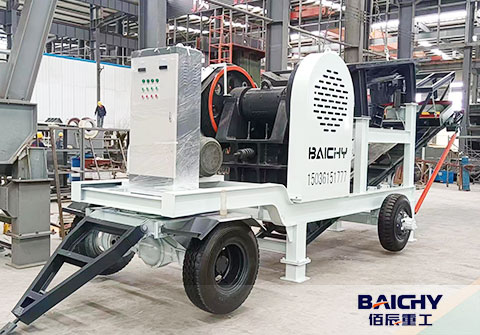
 2025-11-22
2025-11-22

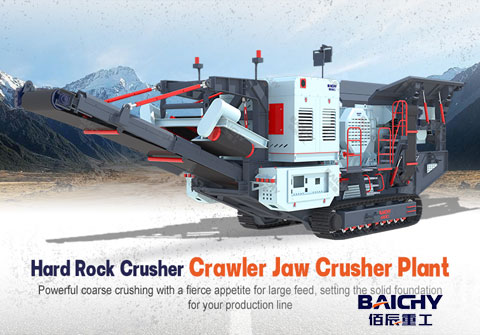
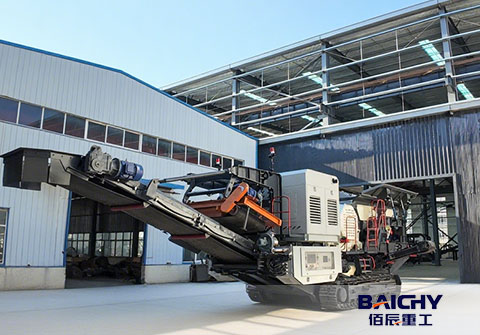
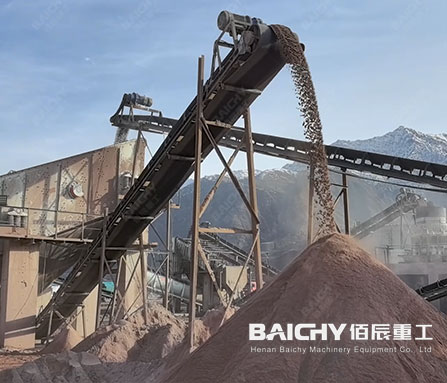
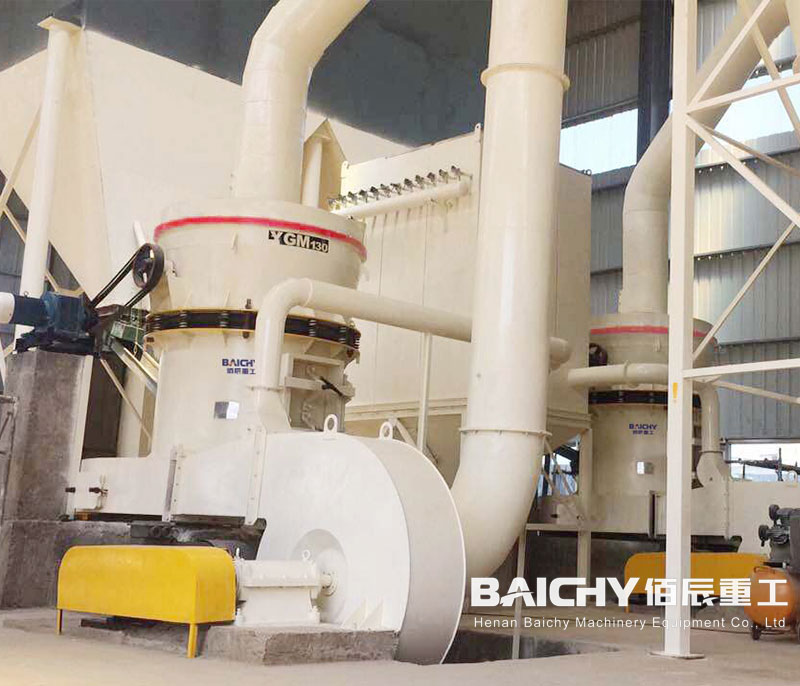
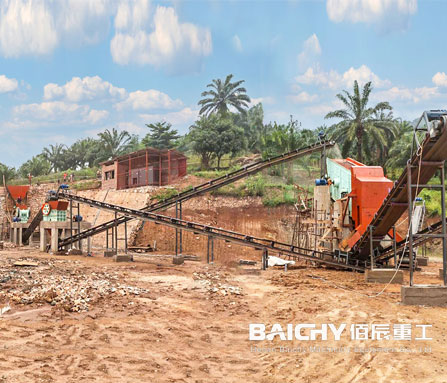
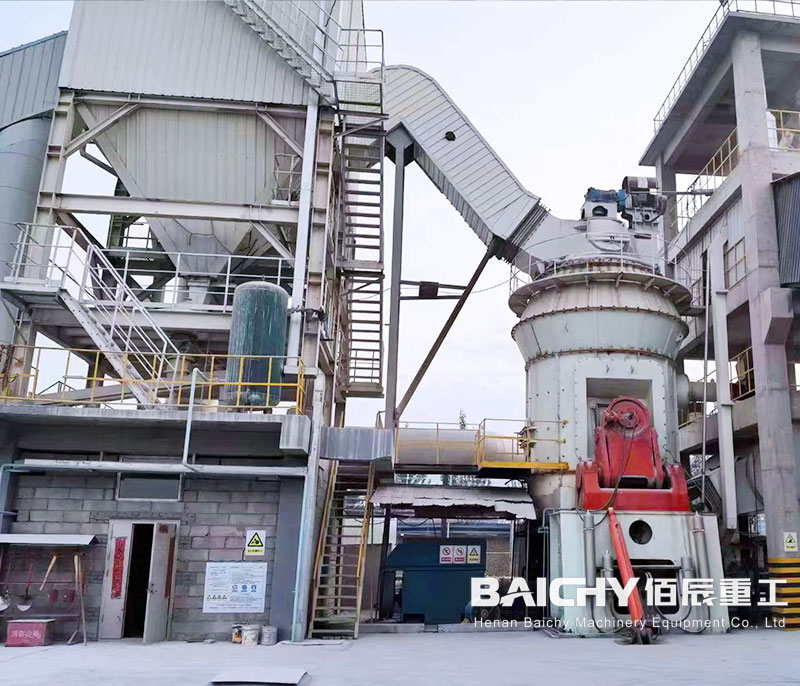














 86-15093113821
86-15093113821
 86-15093113821
86-15093113821

